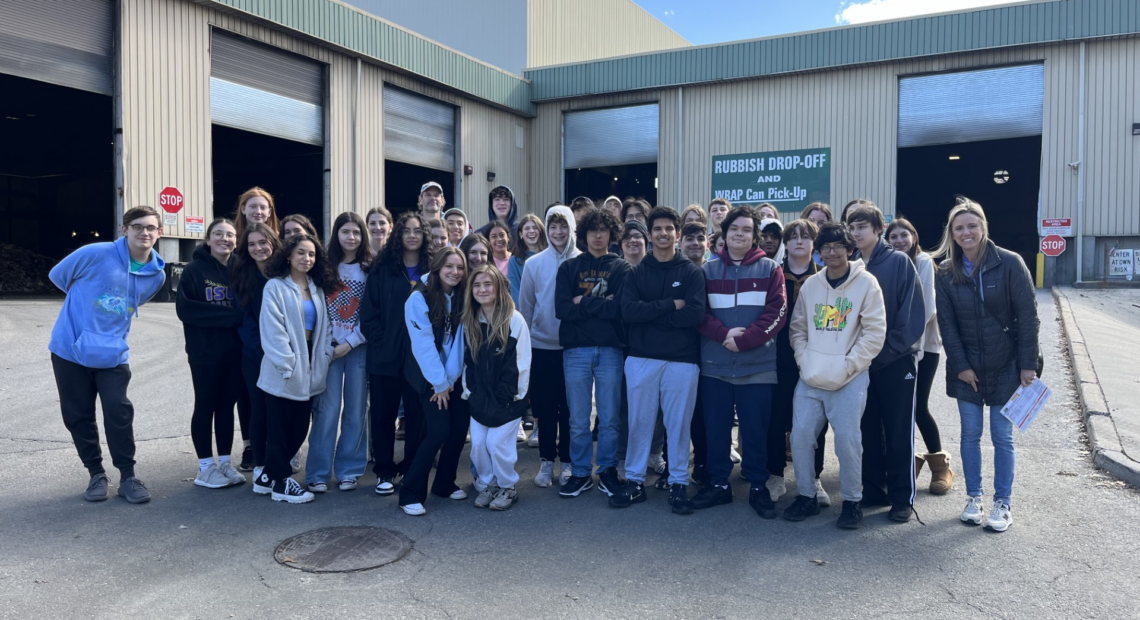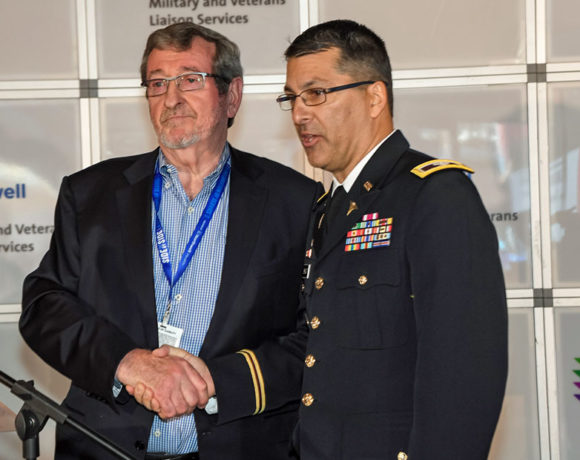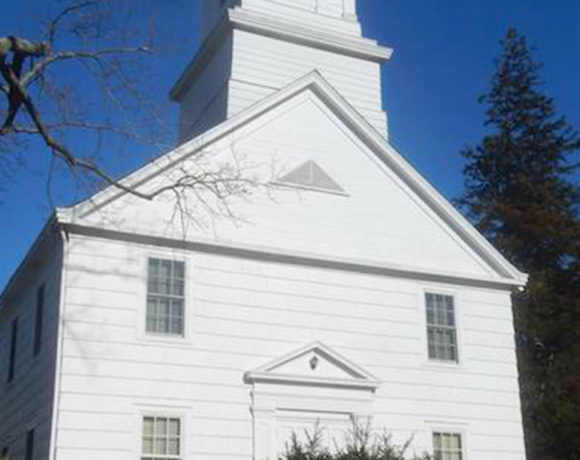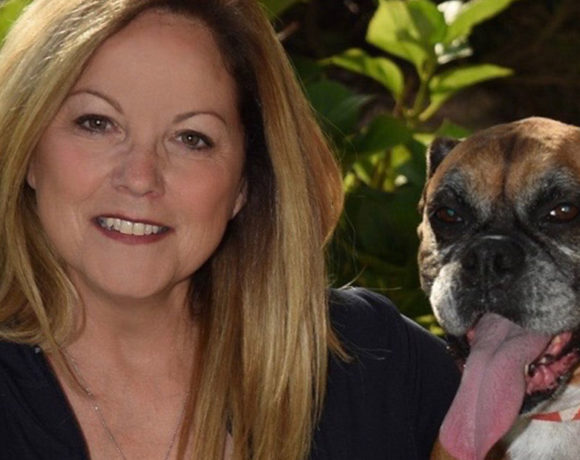Photo courtesy of Islip School District
Students enrolled in Islip High School’s new Living Environment Advanced Placement Environmental Science (LEAPES) course recently visited waste management facilities in the Town of Islip. The class had just begun a unit on waste management, so this field trip served as an instructional launching pad, giving the students insight about what happens to their refuse once it is picked up curbside.
The science students first arrived at the Hauppauge Landfill, where they were given an overview of the history of the facility. After a brief bus tour of the rolling hills of decomposing material, they went across the street to the wastewater treatment facility, where Islip alumna Kennedy Esposito provided a step-by-step account of what happens to the water pumped from under the landfill before it is transported for further treatment. Next, the students visited the waste-to-energy facility, where they were given a tour of the incinerator control room and observed a long line of garbage trucks emptying refuse, which was lifted by an enormous claw. Students asked interesting questions, expertly answered by facility staff, before heading back to the bus for their final two stops. At the composting recycling facility, students observed various yard wastes that are composted into topsoil and other landscaping materials. Massive amounts of recyclables were being bulldozed, shifted and sorted inside and outside the materials recycling facility, and the high schoolers were able to see all the mechanisms used to sort the various materials.
“The trip to the waste management facilities was very informational,” student Sophia Marra said. “We learned many things, like how when trash is buried in landfills it creates toxins that can leech into the soil, so each landfill must be capped and have a liner.”
“The trip gave us a lot of information about the recycling process,” student Christian Orozovich said. “The coolest thing I learned was that the smoke that comes out of the incinerator is mostly water vapor, meaning less pollution than people think.”
“The best part of the trip was probably seeing the control room of the Covanta plant,” student Nicholas Gulick said.








Recent Comments